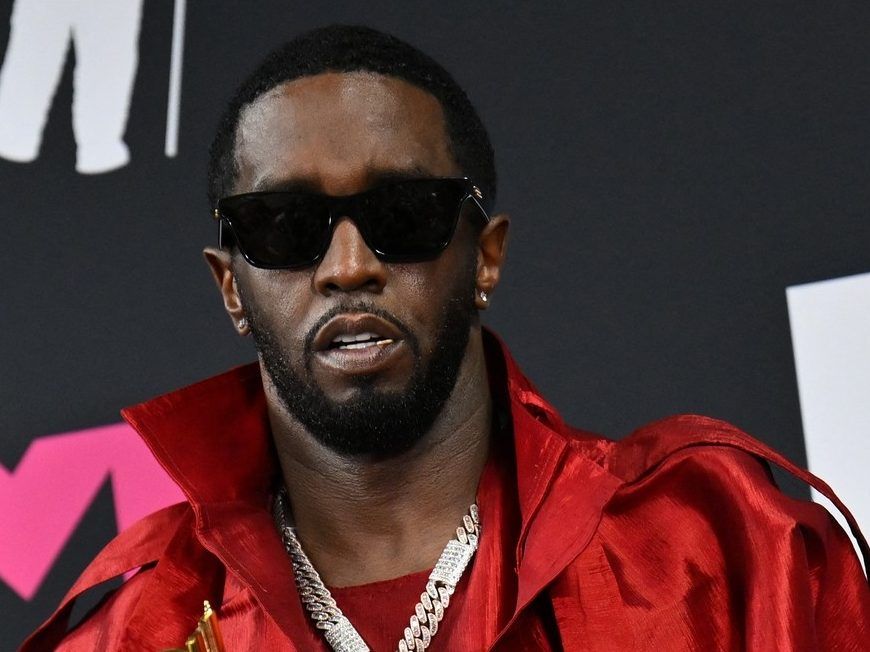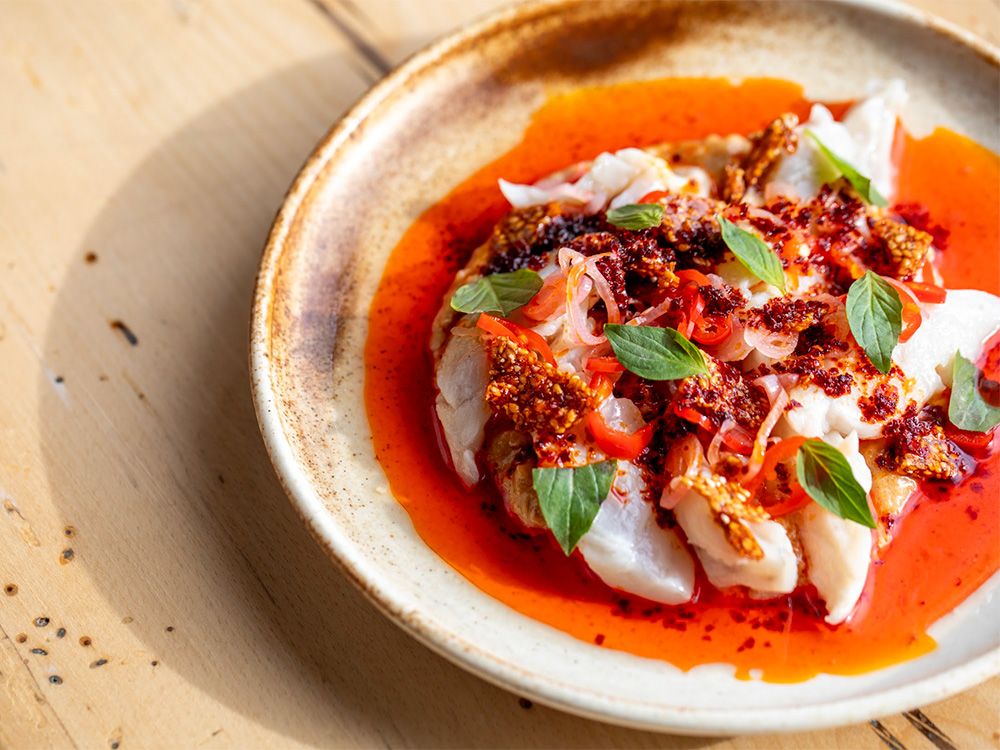It aims to order five major vessels initially, with the first to be delivered by 2029 and the other four to be in service by 2031. The second phase would see the final two major vessels added by about 2037.
Author of the article:
Carla Wilson • Victoria Times Colonist
Published Sep 16, 2024 • 5 minute read

B.C. Ferries has announced plans to add seven major diesel-electric hybrid vessels to its fleet and upgrade the Queen of Oak Bay and Queen of Surrey to extend their life, in what will likely be the company’s largest vessel expenditure in its history.
It aims to order five major vessels initially, with the first to be delivered by 2029 and the other four to be in service by 2031. The second phase would see the final two major vessels added by about 2037.
Advertisement 2
THIS CONTENT IS RESERVED FOR SUBSCRIBERS ONLY
Subscribe now to read the latest news in your city and across Canada.
- Unlimited online access to articles from across Canada with one account.
- Get exclusive access to the Vancouver Sun ePaper, an electronic replica of the print edition that you can share, download and comment on.
- Enjoy insights and behind-the-scenes analysis from our award-winning journalists.
- Support local journalists and the next generation of journalists.
- Daily puzzles including the New York Times Crossword.
SUBSCRIBE TO UNLOCK MORE ARTICLES
Subscribe now to read the latest news in your city and across Canada.
- Unlimited online access to articles from across Canada with one account.
- Get exclusive access to the Vancouver Sun ePaper, an electronic replica of the print edition that you can share, download and comment on.
- Enjoy insights and behind-the-scenes analysis from our award-winning journalists.
- Support local journalists and the next generation of journalists.
- Daily puzzles including the New York Times Crossword.
REGISTER / SIGN IN TO UNLOCK MORE ARTICLES
Create an account or sign in to continue with your reading experience.
- Access articles from across Canada with one account.
- Share your thoughts and join the conversation in the comments.
- Enjoy additional articles per month.
- Get email updates from your favourite authors.
Sign In or Create an Account
or
Article content
The company did not release the expected cost but in 2018, when B.C. Ferries initially announced plans to order five major vessels, the cost was estimated to be $700 million to $1 billion. That building project was sidelined by the pandemic.
B.C. Ferries earlier put out a call for qualified shipyards to build the vessels, and its pre-qualified list includes local companies along with national and international ones.
A request for proposals to design and build the major-vessel class of ferries was issued on Monday.
Before any contracts can be signed, the company needs approval from B.C. Ferries Commissioner Eva Hage, who has 60 days to respond.
If the project is approved, contracts would be awarded next spring, the company said.
B.C. Ferries president Nicolas Jimenez said in a statement that adopting a phased strategy will allow the company to “responsibly increase capacity and resilience while carefully managing our investments to minimize fare pressures for customers.”
It also gives it the flexibility to refine the final two vessels based on insights from the initial builds and operational performance, he said.
By signing up you consent to receive the above newsletter from Postmedia Network Inc.
Article content
Advertisement 3
Article content
Each major vessel will be able to carry 2,100 passengers and crew, plus 360 standard-sized vehicles, similar to the two Spirit-class vessels now in service.
B.C. Ferries said they will also be among the largest double-ended ferries in the world, with significantly improved energy efficiency and propulsion systems designed for both future flexibility and environmentally sustainable operations.
New major vessels have been designed in consultation with LMG Marin, a naval architecture and ship design firm.
They will replace retiring vessels, including the Queen of Alberni in October 2029, Queen of Coquitlam in September 2030, the Queen of New Westminster in October 2030 and the Queen of Cowichan in October 2031.
Following their upgrades, B.C. Ferries anticipates the Queen of Surrey and Queen of Oak Bay would retire after 2035.
Ed Hooper, B.C. Ferries executive director of shipbuilding, said the new vessels will be quieter and cleaner than the vessels they replace, “allowing us to achieve a significant reduction in our corporate greenhouse gas emissions.”
Advertisement 4
Article content
The new vessels will run on biofuel and renewable diesel immediately, and will be able to be fully converted to battery-electric ships when the infrastructure is in place for electric vessels, the company said.
Using biofuel and renewable diesel initially allows B.C. Ferries to minimize emissions right away while preparing for all-electric operations, it said.
Hooper said the new vessels will also help reduce wait times at terminals. Adding “another ship to the fleet will bring the total to 12 vessels on B.C. Ferries’ major routes, helping us keep pace with customer demand and projected population growth along the coast.”
Reliability has been a major issue for B.C. Ferries.
The summer of 2023 saw thousands of passengers’ plans disrupted after engine problems arose with Coastal-class ferries.
Recently, the Queen of New Westminster was pulled from service after one of its propellers broke off and sank to the sea floor when it sailed out of Tsawwassen at the start of this month.
It’s now expected to be out of service for repairs for at least six months.
B.C. Ferries noted that its vessels carried more than eight million passengers and more than three million vehicles between June 1 and Aug. 31 of this year.
Advertisement 5
Article content
It says without new vessels, demand will exceed capacity on major routes by 2035, which means longer ferry waits.
Hage is asking for public comments about the proposal, and said in the next two months, it will ask consultants to help the commissioner’s office review the application “because it is generally very technical.”
One company would do the bulk of the review and other experts may be brought in, she said.
The review looks at criteria the office must examine under the Coastal Ferry Act when considering capital expenditures of more than $50 million.
Hage will base her decision on whether B.C. Ferries’ proposal is reasonable, prudent and consistent with the coastal ferry services contract between the province and company.
During that time, the commissioner may ask B.C. Ferries additional questions. “They are very co-operative,” Hage said.
Provincial legislation requires a response within 60 days, but does not require a decision within that time.
Hage said the goal is to make a decision within the 60-day period, however. “We recognize they need some certainty with the market.”
Advertisement 6
Article content
For several years, B.C. Ferries has been moving toward standard designs for specific classes of ferries, such as its smaller Island and Salish-class vessels, saying that allows the company to move vessels between routes for maintenance or refits without disrupting customer travel.
Existing major vessels include the three Coastal-class ferries, the two Spirit-class ferries and the Queen of New Westminster, which is a Victoria-class ferry.
If approved, the opportunity to bid on the new major vessel contract will be open internationally, similar to previous tenders for ferries, which have been built in Germany, Romania and Poland.
The last time a B.C. shipyard turned out major vessels was when the Spirit of British Columbia and the Spirit of Vancouver Island were built in 1993 and 1994 in two parts, by Allied Shipyards in North Vancouver and Integrated Ferry of Esquimalt.
The three Coastal-class vessels, the Inspiration, Renaissance and Celebration, were constructed in Germany in 2007 and 2008. They can each carry 1,604 passengers and crew and 310 cars. The total cost of constructing those ferries surpassed $500 million.
Advertisement 7
Article content
Ferry construction has declined in Canada in recent years, in part because of a shortage of suitable shipyards, lack of access to trained labour and competition from international bidders.
Recommended from Editorial
-

Propulsion failure makes waves in B.C. Ferries' smoother summer
-

Queen of New Westminster out six months for repair: B.C. Ferries
Bookmark our website and support our journalism: Don’t miss the news you need to know — add VancouverSun.com and TheProvince.com to your bookmarks and sign up for our newsletters here.
You can also support our journalism by becoming a digital subscriber: For just $14 a month, you can get unlimited access to The Vancouver Sun, The Province, National Post and 13 other Canadian news sites. Support us by subscribing today: The Vancouver Sun | The Province.
Article content
.png)
 2 days ago
9
2 days ago
9
































 Bengali (BD) ·
Bengali (BD) ·  English (US) ·
English (US) ·